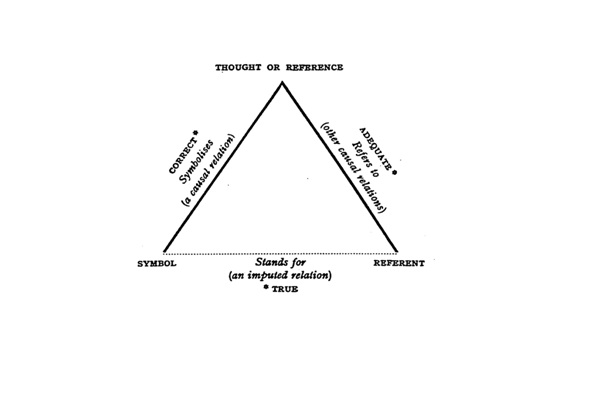
Words are the lifeblood of the internet. And no matter how many thousands of hours of video are uploaded to YouTube every minute, people are still reliant on text to communicate ideas and find content online.
You might assume, then, that when people use the phrase ‘semantic search’ to refer to what companies like Google offer, they are hitting the nail on the head. But the reality is far more complicated.
So what is semantic search and what steps are being taken to enhance engines so that they are capable of living up to users’ expectations?
Getting Started
Semantic search is, in its ideal form, a type of search which will allow users to enter a long string of words and phrases that point to a specific set of desired results on a given topic.
In short, a semantic search engine should be able to respond to queries in the same way as a human. And yet even the most advanced solutions available at the moment still fall short in this respect.
Machine learning systems, like Google’s RankBrain, are helping search engines to get better at dealing with conversational queries that do not always get straight to the point. But it will still be some time before genuine semantic search capabilities have been created.
Interim Measures
That is not to say that search engines have not evolved beyond simple keyword recognition. In fact in recent years the arrival of algorithm updates and entire generational overhauls, including Google Hummingbird, have made sure that longer queries can be dealt with more accurately.
The idea is that by breaking down queries, identifying the subject keywords and assigning different priorities to the other words used, it will be possible to emulate semantic search by applying linguistic rules in combination with results which have been served in the past.
This is an important consideration for businesses that are building websites with the help of firms like Dublin SEO agency Ryco Web and others. Getting a handle on how search engines operate and the way that keywords are processed can help give sites the competitive edge.
Of course serving queries with instant access to information on SERPs themselves via solutions like Google’s Knowledge Graph could be seen as a stab at mimicking semantic search. But the genuine article could still be decades from development.
